If you’re struggling to write ad copy in Google Ads or aren’t sure where to start, you’re not alone. Writing compelling PPC ads can be a challenge. However, there are some easy steps you can take to help you create engaging ads that generate results for your business.
Below, find 5 keys to writing effective ad copy in Google Ads.
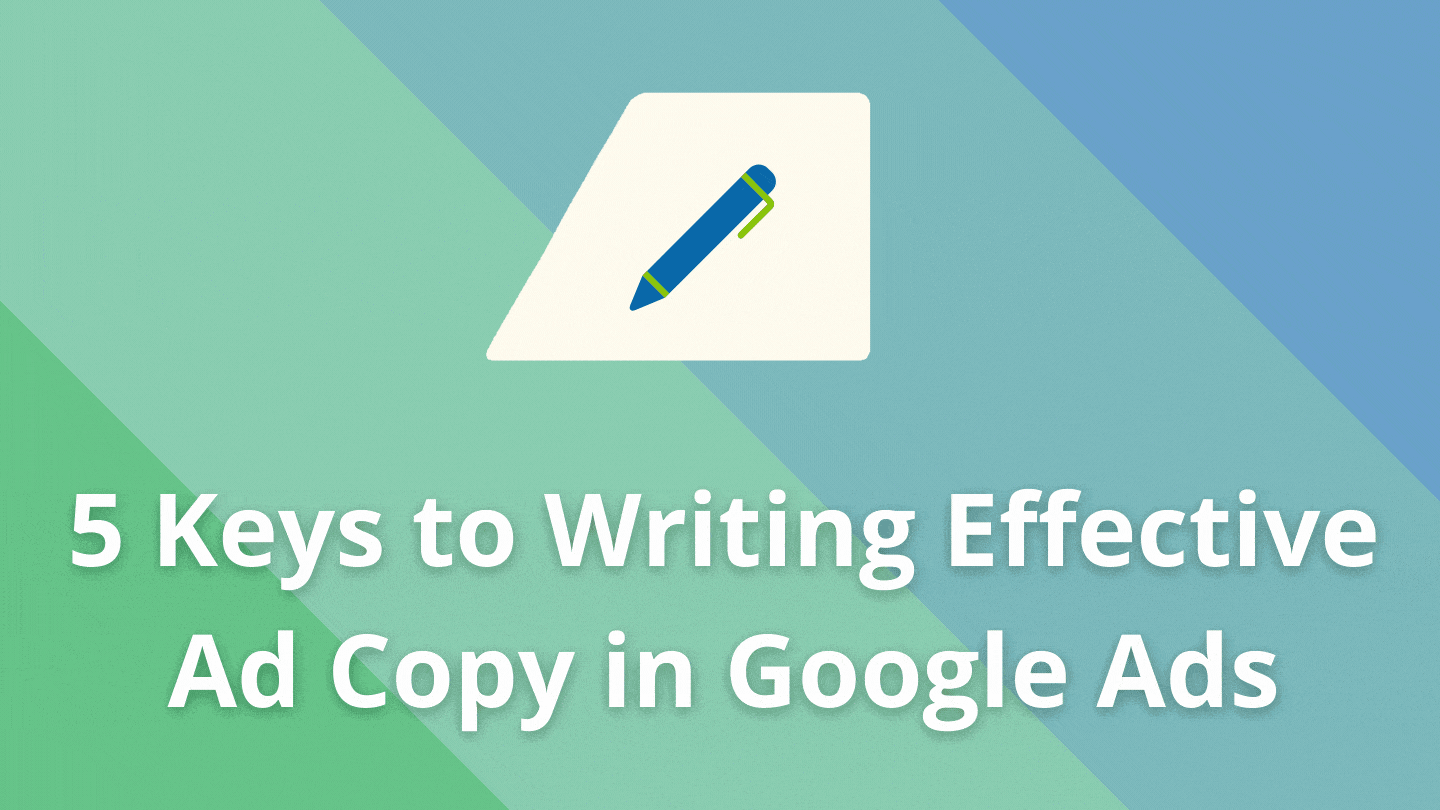
1. Know Your Audience
The first step to writing effective Google ads is to know your audience. If your message isn’t directed at anyone in particular, it won’t resonate as well as focused, targeted ad copy will.
Keeping your audience in mind when writing ads is essential. Knowing the age, interests, and motivations of your customers allows you to speak to your target audience in a way that’s customized and meaningful to them.
For example, are they busy professionals who prefer quick, automated online experiences? Headlines like “Chat Available 24/7” or “Quick, Seamless Checkout” could be effective for this audience.
Maybe your audience consists of conscious consumers who want personalized, eco-friendly products. Ad copy such as “Hand-Crafted” or “Zero-Waste Packaging” may resonate more than “Overnight Shipping.”
By knowing your audience, you can write tailored ad copy that appeals to the users you want to engage. This strategy will not only help your brand connect to your target audience but also help you stand apart from your competitors.
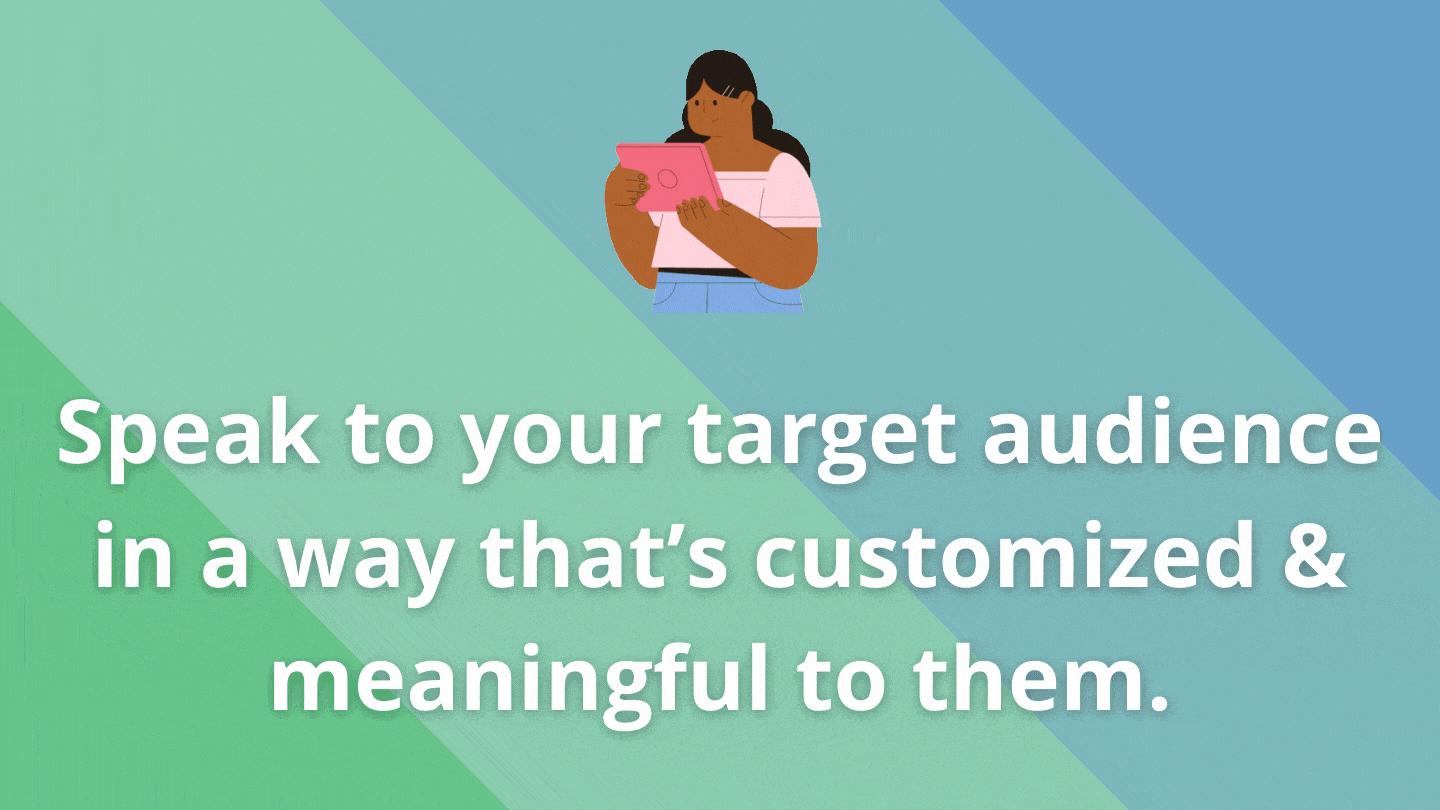
2. Demonstrate Value
Once you hone in on your audience, the next step is to demonstrate value through your Google Ads. Ad copy gives you the opportunity to communicate the value of your product or service at a glance.
This can be a challenge, since character counts are limited. Google Ads allots 30 characters for headlines and 90 for descriptions. In order to maximize the limited space, it’s important to be intentional about your ad copy.
To make the most of your Google Ads, focus on the value your product or service offers to the user. For example:
- What problems does your product solve?
- What sets your brand apart from competitors?
- How can your product improve someone’s day-to-day experiences?
- Why should a user click on your ad instead of the one next to it?
- What pain points does your service eliminate?
Illustrating the benefits of your product in a clear, concise way is key to writing compelling ad copy.
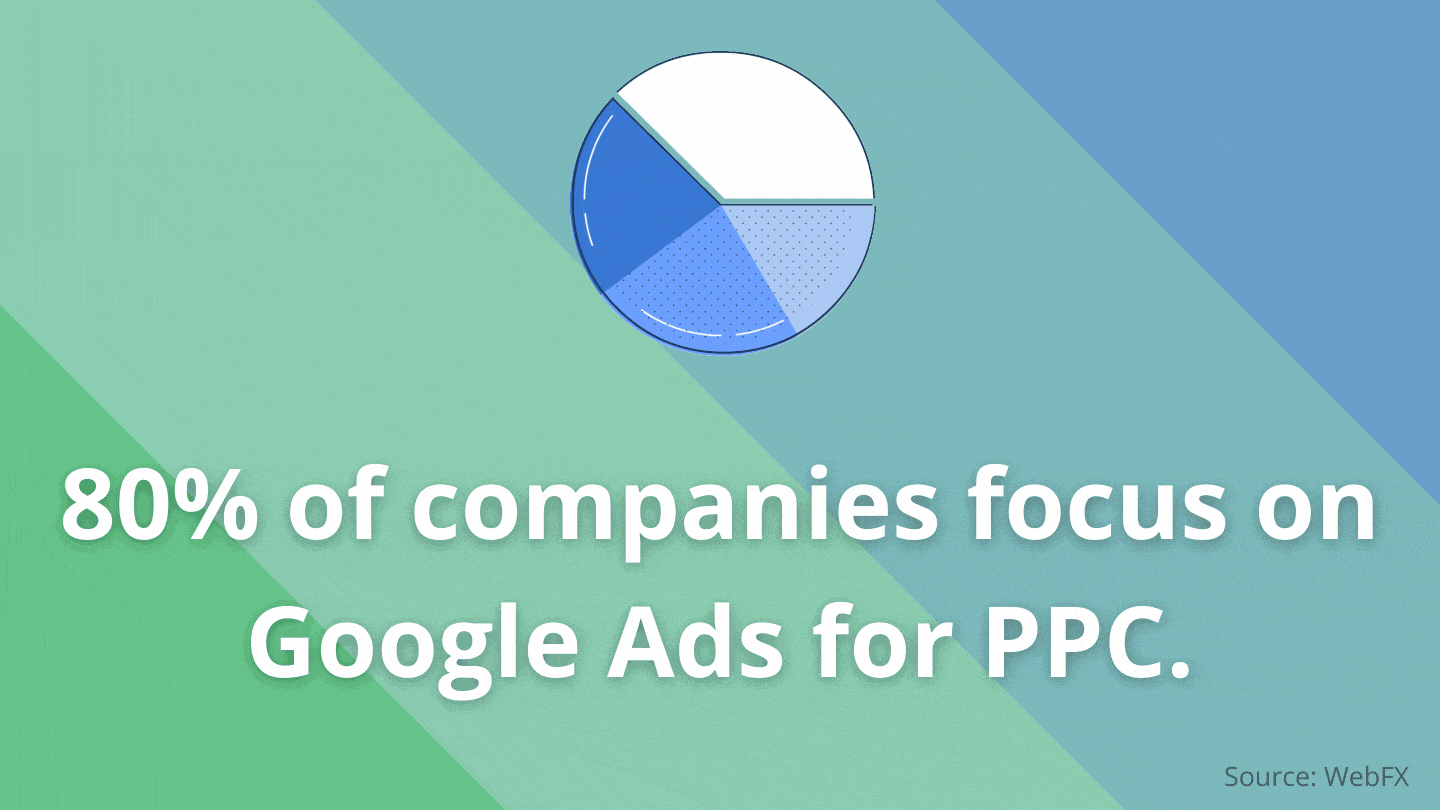
3. Have a Strong Call to Action
When writing Google Ads, it’s crucial to have a strong call to action. Your call to action sets expectations for what a user should do once they click your ad. This helps prompt them to engage and guides them to the next step of the customer journey.
Call to action examples include:
- Shop Now
- Learn More
- Call For More Information
- Sign Up to Get Exclusive Deals
- Spend $40 & Get Free Shipping
- Download for Free
- Order Now
- Schedule an Appointment
- View Our Menu
- Visit Us Today
Whether you’re writing search, display, or video ads, having a strong call to action is essential. Even something as simple as “Learn More” gives the user direction and encourages them to engage.
One advantage of using Google’s responsive ad formats is that you can try out multiple calls to action in the same ad. Google will automatically test different variations of the ad and determine which versions perform best.
As a result, you can see which call to action is most effective based on how often Google serves up that particular headline or description.
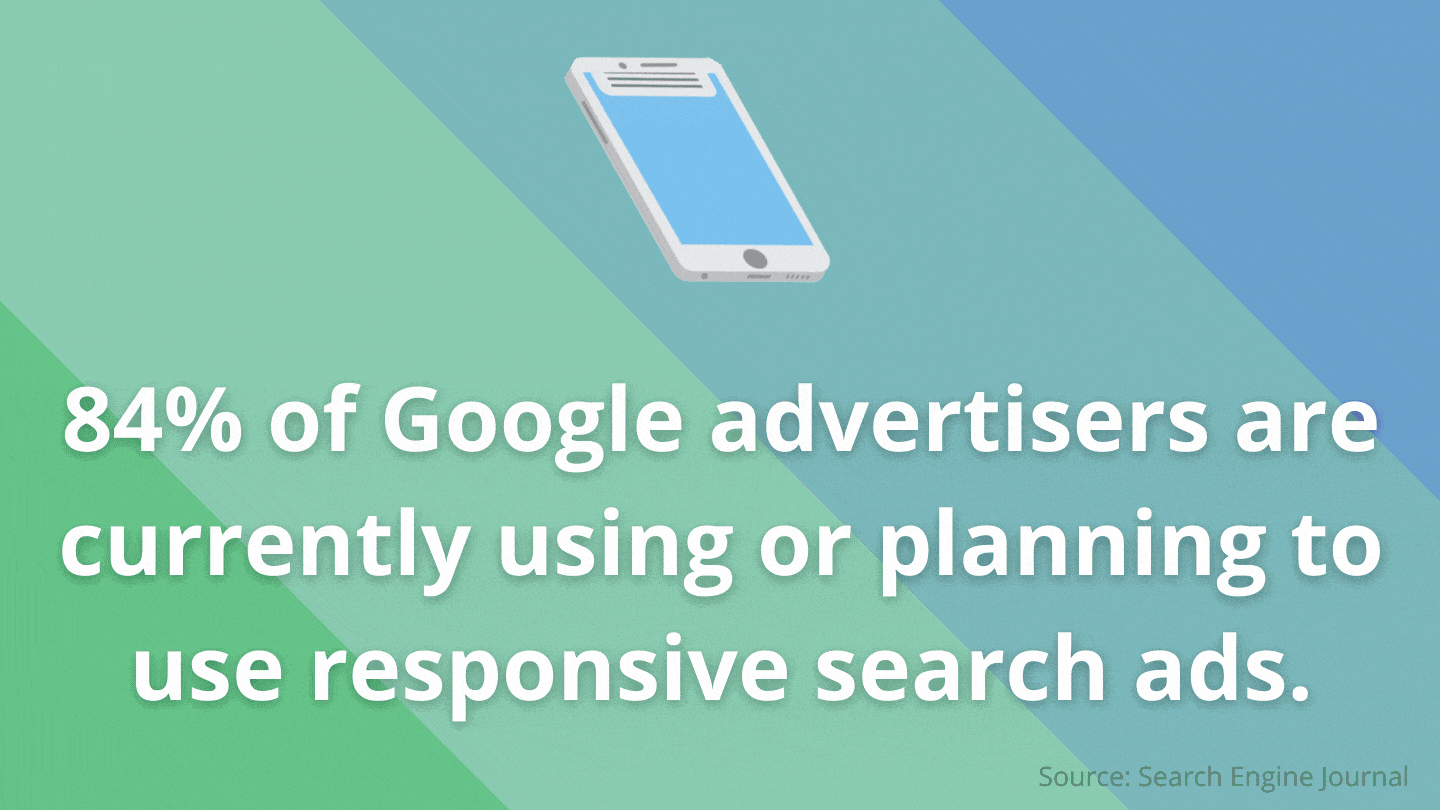
4. Use Ad Extensions
In addition to knowing your audience, demonstrating value, and including a strong call to action, advertisers should utilize ad extensions.
Because ad extensions aren’t technically part of the ad copy, they often get overlooked as part of the writing process. However, they present an opportunity to provide users with more information that may entice them to take a second look at your ad and click through to your website.
Google Ads offers a variety of ad extensions, from sitelinks and structured snippets to image extensions. Some, like call extensions or lead form extensions, offer additional engagement points.
Others, however, are text-based and provide more information about your product or service. For example, callout extensions provide a chance to showcase aspects of your business that you want to highlight, such as “Free Shipping,” “Locally Owned,” or “24/7 Support.”
Furthermore, sitelink and price extensions have description fields where you can include brief but enticing copy. For instance, the description for a “Contact Us” sitelink could read, “Call Now to Speak with Our Friendly & Experienced Team.”
These ad extensions not only make your ad larger and more prominent on the SERP, but they offer additional ways to inform and connect with users. For example, a callout extension could be the part of your ad that resonates with a certain user, and a structured snippet could be the difference between your ad getting ignored and getting clicked on.
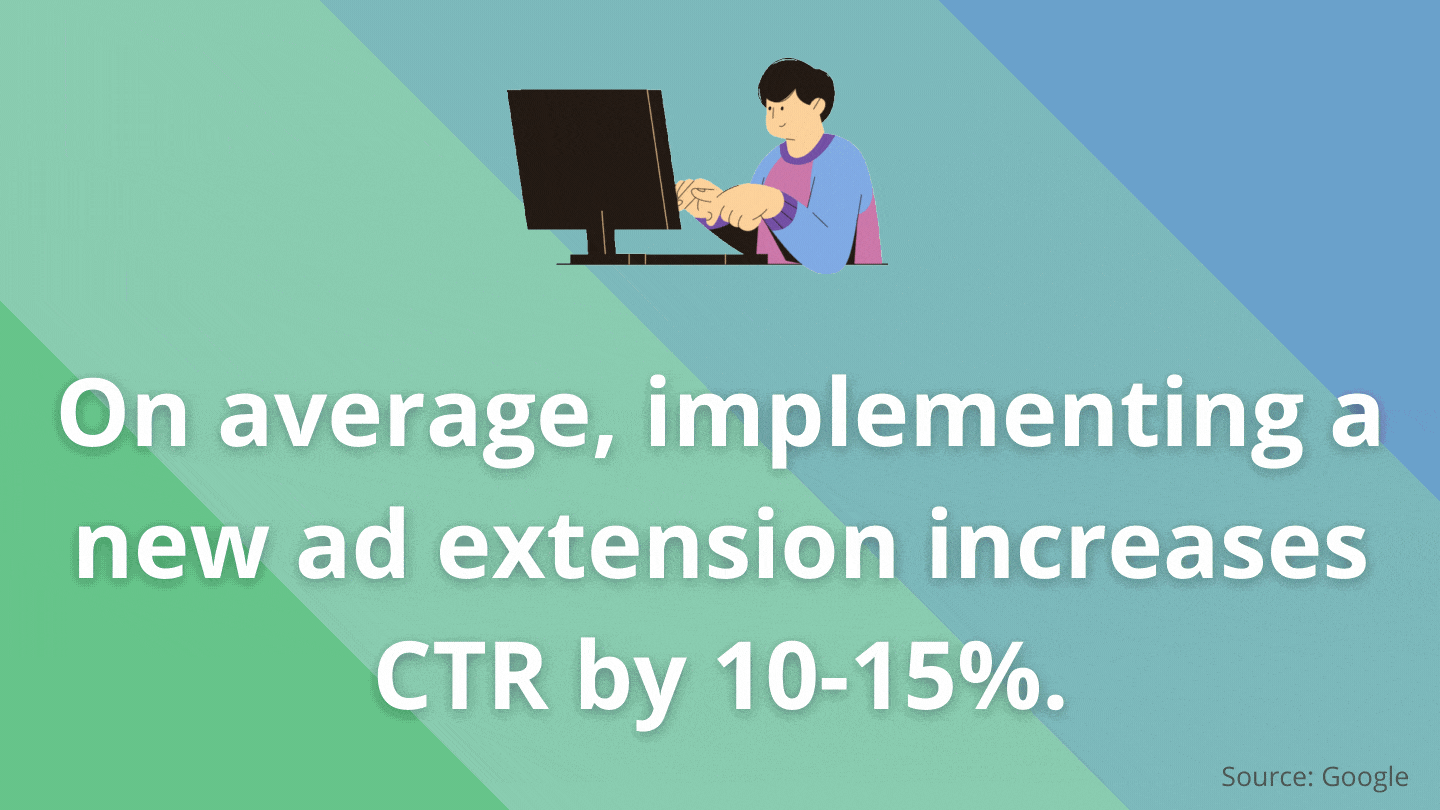
5. A/B Test
The final key to writing effective ad copy in Google Ads is A/B testing.
Testing helps take the guesswork out of writing ad copy. You can try out different messaging, and the data will show what’s most effective.
For example, say you’re trying to decide between a call to action of “Shop Now” and “Buy Now,” to see which produces a higher click through rate (CTR). You can run an A/B test to show some users ads with “Shop Now,” while other users will see “Buy Now.” Then, you can compare the results and see which version produced a higher CTR.
The data will reveal what works best. You can then apply those learnings to your current ads to improve performance.
Plus, the results can help inform your ad copy development in the future.
This data-driven approach helps advertisers refine their ad messaging and make the most of the limited character counts in Google Ads.
Note that A/B testing shouldn’t be something you do just once. Instead, it should be an ongoing process in which you continually try out new verbiage, messaging, and calls to action.
By using ad copy that’s proven itself to resonate with your audience and produce results, you can maximize your ad performance and your overall investment in Google Ads.
Unfamiliar with A/B testing? Luckily, Google Ads makes the process easy with campaign drafts and experiments. Learn how to A/B test in Google Ads using campaign experiments.
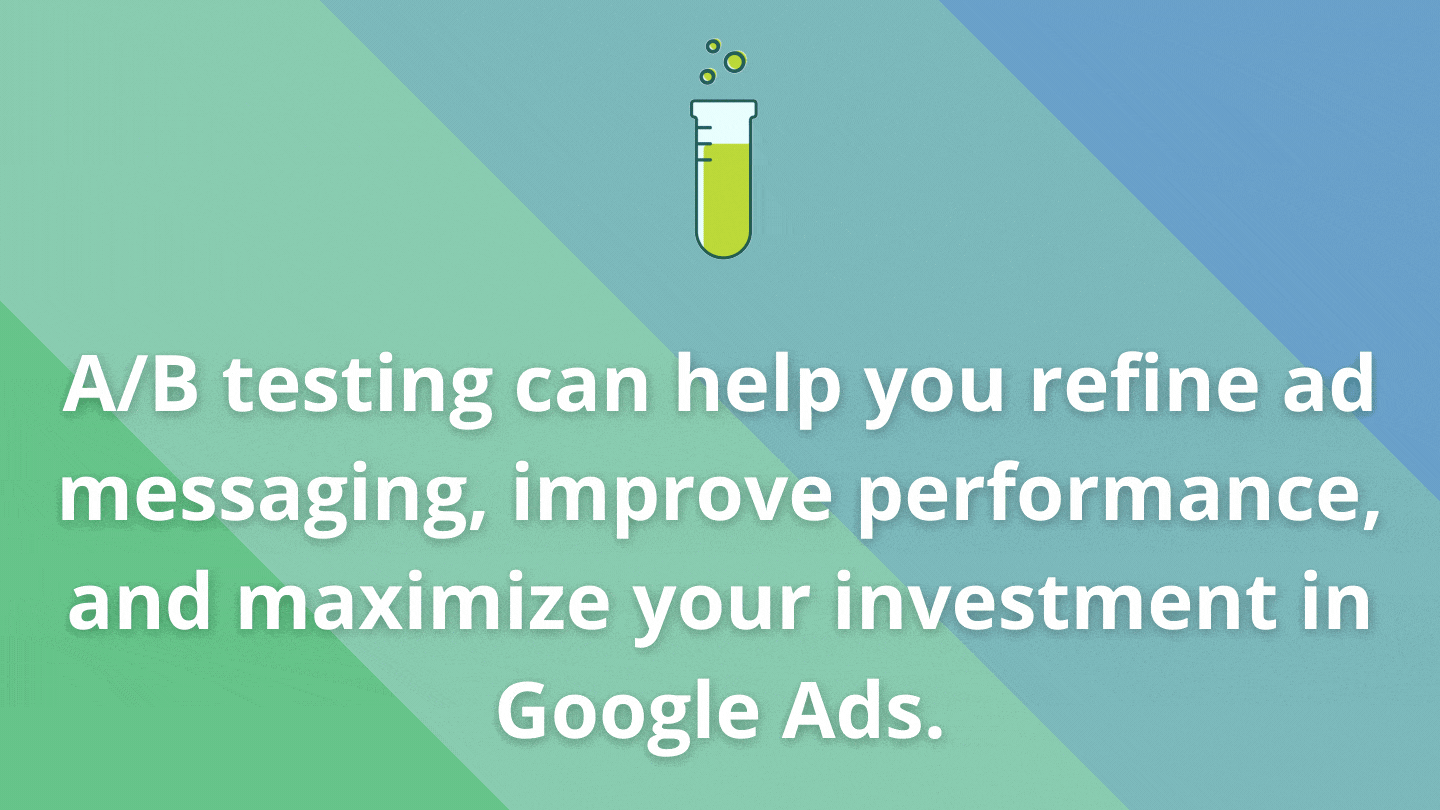
Interested in advertising on Google Ads? Request a proposal from Creative Website Marketing to see how we can help your business grow with strategic PPC management services.

